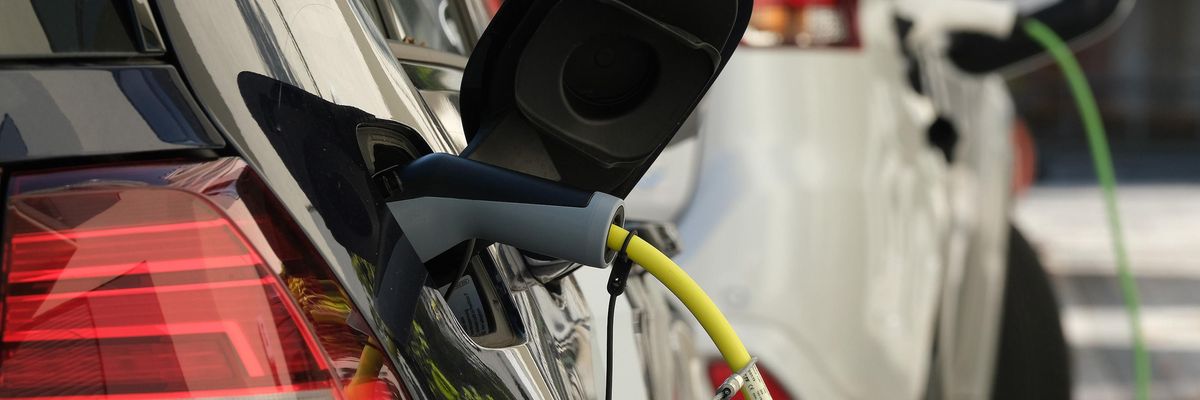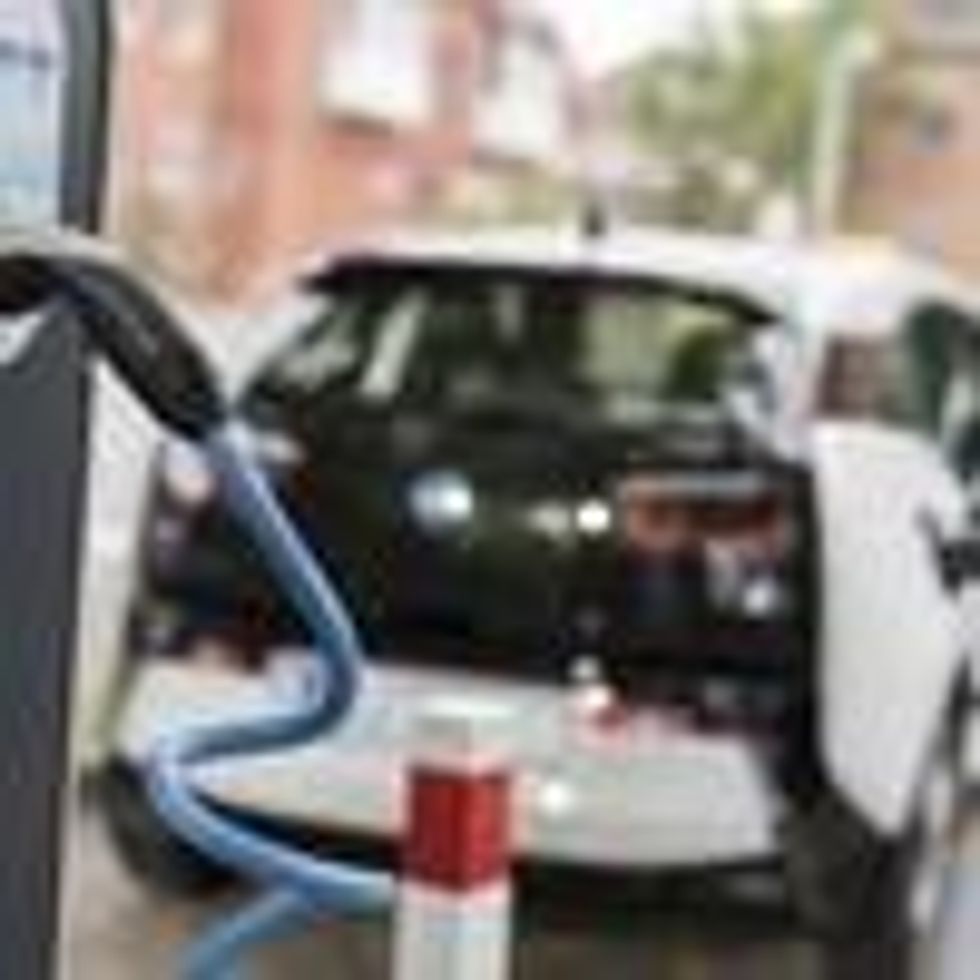Finalized rules targeting emissions from cars and light trucks announced by the Biden administration Monday drew tepid welcome mixed with rebuke from climate groups who said the new standards, while an improvement, fail to meet the urgency of the planetary crisis.
"Storms, wildfires, and heatwaves have grown far worse over the past decade, so auto pollution rules must be far stronger."
"These rules are little more than a speed bump on the road to climate catastrophe when the president needed to make a U-turn," said Dan Becker, director of the Safe Climate Transport Campaign at the Center for Biological Diversity, in a statement.
"Storms, wildfires, and heatwaves have grown far worse over the past decade, so auto pollution rules must be far stronger," he said. "These aren't."
The standards announced by the Environmental Protection Agency will apply to new cars through model year 2026, with cars rolled out in the final year of the period requiring an average of 55 miles per gallon. The labels that reflect real-life conditions need to be at least 40 mpg--a jump from the 32 mpg rule required by the Trump administration.
The EPA said the rules represented "the most ambitious vehicle emissions standards for greenhouse gases ever established for the light-duty vehicle sector in the United States" that would, by 2050, "result in avoiding more than 3 billion tons of GHG emissions," equivalent to over half the nation's carbon emissions in 2019.
"We followed the science, we listened to stakeholders, and we are setting robust and rigorous standards that will aggressively reduce the pollution that is harming people and our planet--and save families money at the same time," EPA Administrator Michael Regan said in a statement.
The agency touted climate, public health, and cost-savings benefits for consumers as a result of the change and projected U.S. drivers would save $210 billion and $420 billion through 2050 on fuel costs.
The plan will also "provide adequate lead time for manufacturers to comply at reasonable costs" and with "modest increases" to their electric vehicle fleet, the EPA said.
The Center for Biological Diversity, however, said that the new rules have problematic loopholes that allow for continued production of "gas-guzzlers." Becker said that "the next rules must force automakers to actually deliver electric vehicles, rather than just churning out promises to make them."
As a buffer against another anti-environmental administration like Trump's, Becker further urged Biden to roll out another set of auto rules "as aggressive as possible as early as possible."
Union of Concerned Scientists (UCS) president Johanna Chao Kreilick, meanwhile, welcomed the new rules as a strong step in the right direction.
"Since the biggest source of... climate-endangering emissions is transportation, we have to put strong rules in place to clean up the cars and ligt trucks on our roads," she said, calling the new standards "a welcome and necessary response to this threat."
Given that new tailpipe limits are--as environmental groups urged--more ambitious than the ones Biden proposed in August, Kreilick said it was evidence the administration "listened to the science." Yet, she added, "it should again listen to the science by setting its sights even higher... to stem climate catastrophe."
Achieving that mission, Kreilick said, includes enacting policies that "put us on a path to 100% electric vehicle sales."
Related Content
Rapid Shift to Electric Vehicles Could Create Over 150,000 Jobs in US by 2030
Kenny Stancil
The White House last week touted the Bipartisan Infrastructure law's $7.5 billion investments in electric vehicle (EV) charging stations, though the figure, as NPRreported, "is half of what the administration had originally proposed for the same number of chargers."
Further dimming rapid expansion of electric vehicles in the U.S. is Sen. Joe Manchin's (D-W.Va.) effort to torpedo completely the Build Back Better Act, which included a $12,500 EV tax credit.


